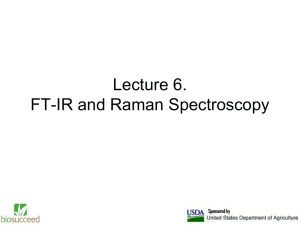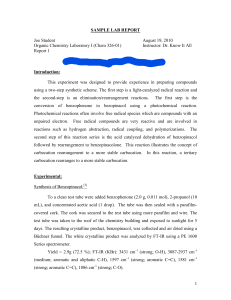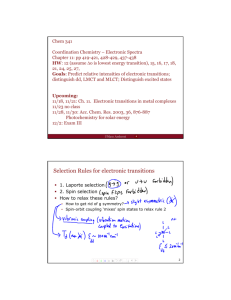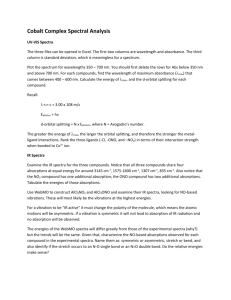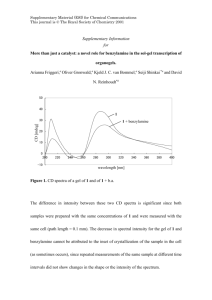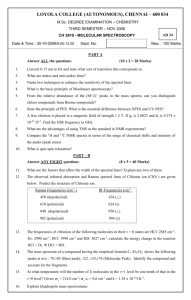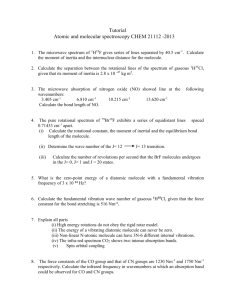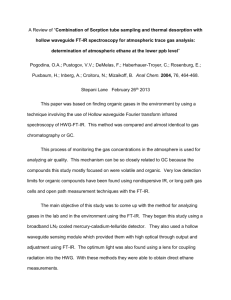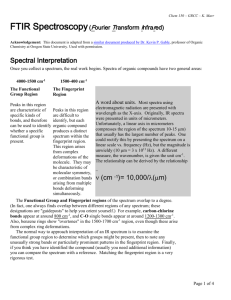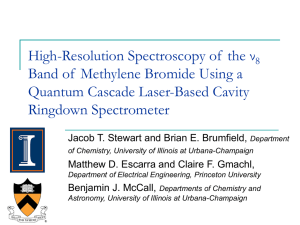V. Supporting Information
advertisement
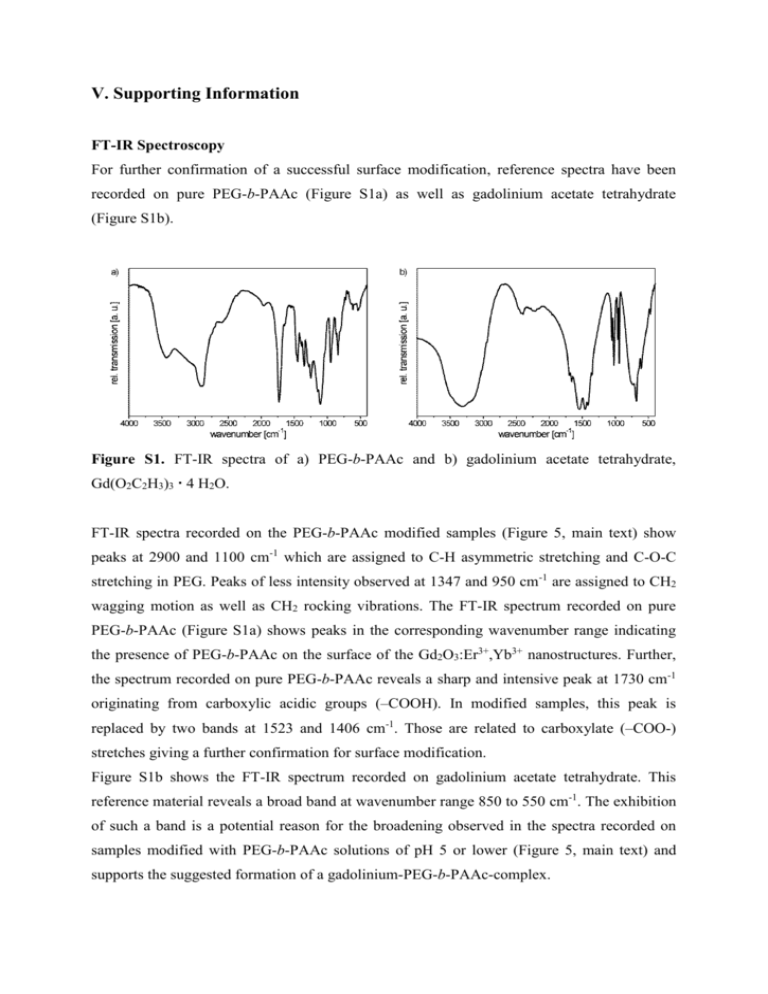
V. Supporting Information FT-IR Spectroscopy For further confirmation of a successful surface modification, reference spectra have been recorded on pure PEG-b-PAAc (Figure S1a) as well as gadolinium acetate tetrahydrate (Figure S1b). Figure S1. FT-IR spectra of a) PEG-b-PAAc and b) gadolinium acetate tetrahydrate, Gd(O2C2H3)3 4 H2O. FT-IR spectra recorded on the PEG-b-PAAc modified samples (Figure 5, main text) show peaks at 2900 and 1100 cm-1 which are assigned to C-H asymmetric stretching and C-O-C stretching in PEG. Peaks of less intensity observed at 1347 and 950 cm-1 are assigned to CH2 wagging motion as well as CH2 rocking vibrations. The FT-IR spectrum recorded on pure PEG-b-PAAc (Figure S1a) shows peaks in the corresponding wavenumber range indicating the presence of PEG-b-PAAc on the surface of the Gd2O3:Er3+,Yb3+ nanostructures. Further, the spectrum recorded on pure PEG-b-PAAc reveals a sharp and intensive peak at 1730 cm-1 originating from carboxylic acidic groups (–COOH). In modified samples, this peak is replaced by two bands at 1523 and 1406 cm-1. Those are related to carboxylate (–COO-) stretches giving a further confirmation for surface modification. Figure S1b shows the FT-IR spectrum recorded on gadolinium acetate tetrahydrate. This reference material reveals a broad band at wavenumber range 850 to 550 cm-1. The exhibition of such a band is a potential reason for the broadening observed in the spectra recorded on samples modified with PEG-b-PAAc solutions of pH 5 or lower (Figure 5, main text) and supports the suggested formation of a gadolinium-PEG-b-PAAc-complex.

